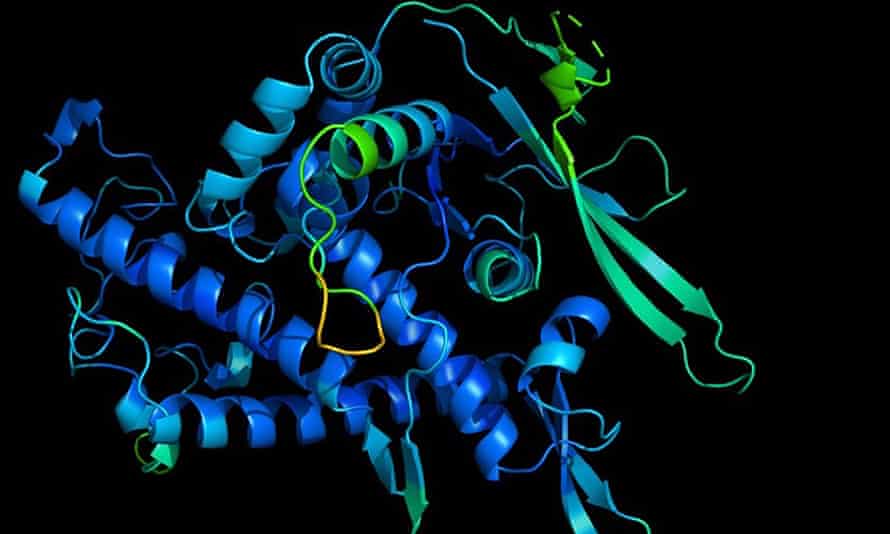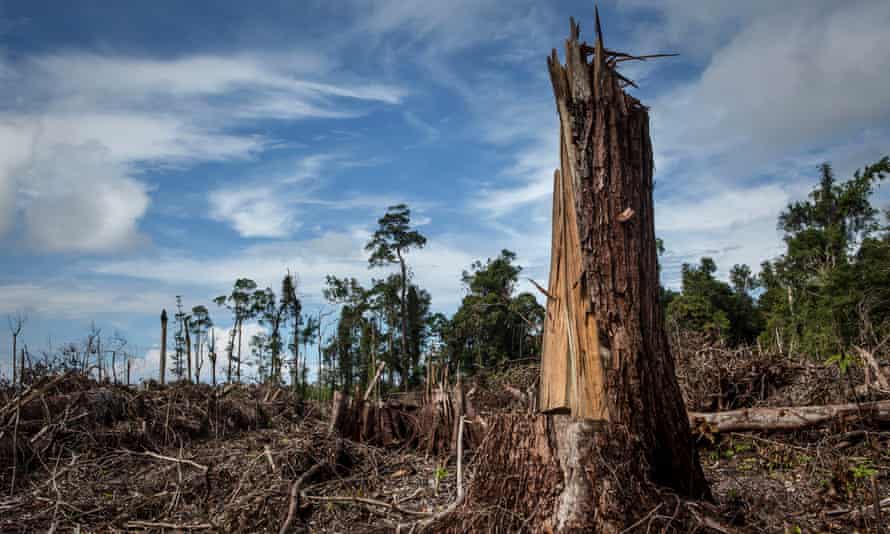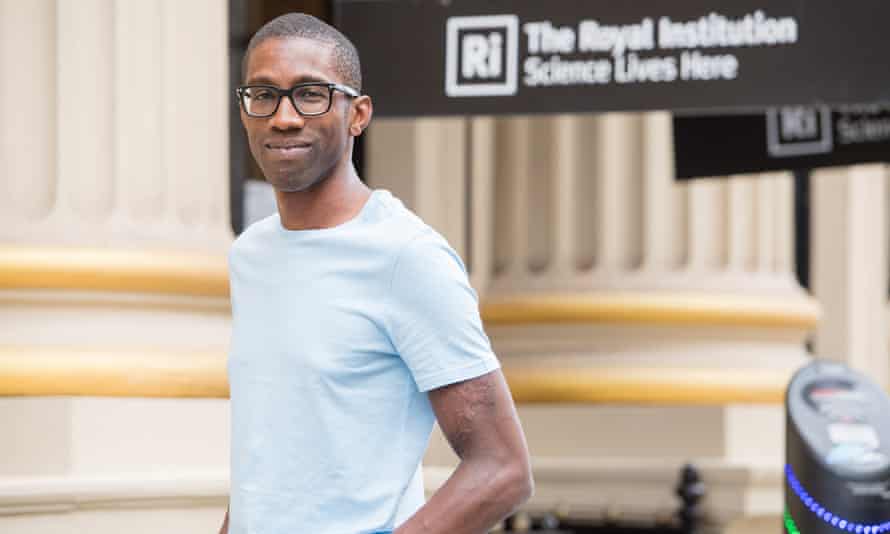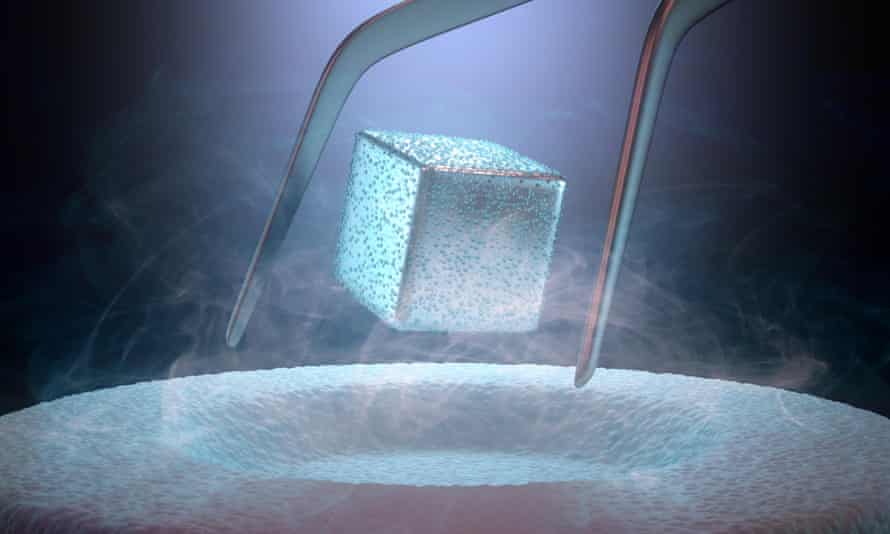Space travel
In 2020 the race to space changed gear. The May launch of the SpaceX vehicle Crew Dragon was the first time a private vehicle had delivered astronauts to the International Space Station (ISS). It was deeply impressive, but also featureless… sleek, white inner walls replaced the complex instrument panels of old, and it was clear that the two test pilots on board were mostly passengers, with no direct control over the flight. In November, Crew Dragon became the first private spacecraft fully certified by Nasa to transport humans to the ISS and later that month delivered four astronauts to the orbiting station. This taxi may not be cheap, but it’s here to stay and it’s a game-changer.
The question of who owns the skies is also at a critical moment. In April 2020 there were 2,666 satellites in orbit around Earth. But the age of the mega-constellation is dawning. Elon Musk’s Starlink project reached 955 orbiting satellites this year, with either 11,000 or 41,000 more due in the next six years. These mega-constellations offer big benefits: better internet connectivity in remote places, more evenly accessible data services, and more. But as this net of satellites surrounds Earth, we will have to contend with an ever-increasing risk of collisions, space debris, bandwidth interference that will affect Earth-based telescopes and light pollution. One of the most striking winners of this year’s Royal Observatory Greenwich Astronomy Photographer of the Year competition was called The Prison of Technology, showing a stunning night sky overlaid by satellite tracks. The question of who decides, and whether regulation can keep up with reality, will get ever louder in 2021. Helen Czerski
Helen Czerski is a physicist, oceanographer and television presenter
Protein predictors

Imagine reading sheet music, and knowing what a tune sounds like, but not having much of a clue how to play the instruments. That’s where we were in biology, until last month, when artificial intelligence company DeepMind swooped in and, by sheer computational force, crunched an otherwise intractable problem.
The sheet music here is the basics of genetics. Genes are made of DNA, and encode proteins, and all life is made of or by proteins. We can read the genetic code easily, and we can translate a gene into the basic protein. But proteins work in three dimensions, precisely folded up into clumps and blobs. These are the enzymes that digest, the structures that build bone and muscle and brain – that is the performance. This crucial step is the one we struggled with – understanding how you craft a 2D protein into its 3D functional version. DeepMind’s AlphaFold program was validated in November, beating all other known techniques for predicting protein structures hands down.
It’s stunning work. When it comes to designing drugs, or simply understanding how a protein works – or goes wrong in a disease – understanding the protein in three dimensions is essential. Bear in mind that because this is an AI solution, we still don’t truly understand the process, but at least we can predict how it will unfold. My prediction is that this will be the first Nobel prize for an AI. Adam Rutherford
Adam Rutherford is the presenter of Radio 4’s Inside Science and the author of How to Argue With a Racist
Genome-editing technology

This year finally saw the Nobel prize for chemistry awarded to Emmanuelle Charpentier and Jennifer A Doudna for their discovery of the Crispr/Cas9 genome-editing technology. Crispr/Cas9 was originally a bacterial immune system, detecting and destroying specific genetic sequences transmitted by viruses infecting bacteria. [Crispr stands for clustered regularly interspaced short palindromic repeats.]
Subsequent to its first description by Charpentier and Doudna in 2012, researchers around the globe rapidly realised the revolutionary potential of this system: instead of targeting viral DNA, Crispr/Cas9 could be repurposed to precisely home in on any location in the genome of almost any organism, specifically cutting and modifying the genome for an increasingly diverse range of applications. The versatility and ease of use of this technology made it possible to genetically engineer organisms that had long been inaccessible to the traditional tools for genetic manipulation.
For example, this year the Crispr/Cas9 toolbox has been expanded to allow the high-precision genome modification of crop plants such as rice and wheat. As Crispr-based methods do not leave scars or extraneous genetic material in the plant genome, this approach is optimal for introducing favourable traits, for example using sequences from traditional varieties to produce drought-tolerant, insect-resistant and other high-performance crops.
Of course, Crispr/Cas9 has also made its way into the clinic for treating human diseases. For instance, 2020 has seen the first clinical trials for Crispr-based reprogramming of human blood cells to fight otherwise untreatable cancers.
And, finally, the Crispr/Cas9 technology has come full circle, back to its roots as an immune response for virus destruction: multiple research groups are exploring the possibility of introducing a Crispr/Cas9 system into human cells, especially into the epithelial linings of the lungs, to destroy the genetic material of invading respiratory viruses. Eriko Takano
Eriko Takano is professor of synthetic biology, Manchester University
Tackle poverty, reduce deforestation

Decades of experience have made those of us working in tropical forest conservation sceptical of “win-wins” (where saving the environment also helps reduce poverty). A surprising new study has shown that a scheme designed to reduce poverty has, as a side-effect, substantially reduced deforestation.
Many lower- and middle-income countries make welfare payments to poor households conditional on them ensuring their children attend schools, attend health check-ups, etc. The idea is that as well as raising incomes, these “conditional cash transfers” help to break the cycle of poverty.
Researchers looked at the introduction of Indonesia’s conditional cash transfer scheme across more than 7,000 rural forested villages. They found that the payments (which are nothing to do with environmental objectives) reduced deforestation by about 30%. This would be an impressive result had the scheme been aimed at avoiding deforestation.
Tackling global poverty and slowing tropical deforestation are two of the biggest challenges we face. While not a panacea, this study provides hope that, at least in some circumstances, alleviating poverty can contribute to slowing deforestation – vital if we are to avoid catastrophic climate change and reduce biodiversity loss. Julia PG Jones
Julia PG Jones is professor in conservation science at Bangor University
Net zero greenhouse gas emissions

In June 2019, when the UK government passed its 2050 net zero greenhouse gas emission target into law, you would have been forgiven for wondering if this last-gasp legislation of Theresa May’s government would make a difference. Yet it did. Boardrooms, mayors and governments not only began to set targets but drew up plans for how to get there. By February, analysis showed that almost half the world’s GDP was covered by net zero targets. Then, last September, China declared a net zero target, with Japan and South Korea following hot on its heels. These targets are informed by the latest climate science, which over the same period has been able to firm up predictions of future warming and detail the ever-increasing risks we face as the world warms. This has made net zero a global imperative: it’s no longer a matter of if, it’s a matter of when. The next battle will be with our cars; we won’t win by fighting the petrol heads, we simply have to make small electric cars and bikes the accepted norm. It’s a battle the world can’t afford to lose, and this time it’s personal. Piers Forster
Piers Forster is professor of physical climate change and director of the Priestley International Centre for Climate at the University of Leeds
New hope for PTSD treatment

Childhood maltreatment is bad for adult mental health. But what matters most: what happens to us as children, or what we remember happening? A longitudinal study with a unique cohort in the US midwest yielded surprising findings in 2020: children who were abused or neglected, as confirmed by contemporaneous court records, only had worse mental health later if they recalled the trauma in adulthood. And adults who recalled childhood maltreatment had equally elevated risks of depression, anxiety, PTSD and substance abuse whether or not there was objective evidence that the abuse or neglect occurred. Those children who suffered maltreatment but did not recall it when asked approximately 20 years later had no greater risk of psychiatric problems than children never abused or neglected.
Could recall of childhood maltreatment be the result, rather than the cause, of poor adult mental health? A depressed person may feel negative about their life and be biased to remember bad events. However, the authors, Professors Danese and Widom, found that their findings stood up if they excluded those with psychiatric difficulties at the time of recall.
Although surprising, the strong association between subjective recall of maltreatment and poor mental health offers new hope for treatment. Our perceptions and memories, which shape how we think about ourselves and others, can themselves be shaped – as in treatments for PTSD. Ultimately, Professor Danese says, this work shows that young people are not defined by their negative life experiences – a message more important today than ever. Francesca Happe
Francesca Happe is professor of cognitive neuroscience and director of the MRC Social, Genetic and Developmental Psychiatry Centre at King’s College London
Is there life on Venus?

My favourite science story of the year came in September, with the announcement of the discovery of phosphine, a toxic gas, in the atmosphere of Venus. This caused quite a stir beyond the planetary science community, because phosphine can be an indicator of the presence of life. No one had seriously entertained the possibility of alien life on Venus – it’s such a horrible place (for us Earthlings anyway). Phosphine need not necessarily have been produced by living organisms – after all, there’s phosphine on Jupiter, where the temperature and pressure are high enough for it to be produced by plain old (non-biological) chemical processes. But Venus isn’t massive enough for such processes to occur, hence the excitement.
In November, the initial data was re-analysed and the amount of phosphine (in parts per billion) revised downwards, but it’s still there and it’s still puzzling. Despite this, the smart money is not on it being produced by Venusians, but more mundanely from phosphorus-based compounds made on the surface by geological processes, which can then form phosphine, as they rise up into the atmosphere.
However, while this news does not confirm the existence of aliens, it is likely that if and when we do discover life elsewhere in the universe it will be in this way: by analysing light passing through and interacting with so-called “biosignature” chemicals in the atmospheres of exoplanets. Jim Al-Khalili
Jim Al-Khalili is presenter of The Life Scientific, and professor of theoretical physics and chair in the public engagement in science at the University of Surrey
Black scientists advance

Following the death of George Floyd, 2020 will be year that the world heard the words “Black Lives Matter!” Racism has its consequences. The statistical giants Karl Pearson and Ronald Fisher are celebrated throughout the scientific community worldwide. However, their works are based on eugenics, whose premise is that black people are intellectually inferior.
Some have argued that Pearson and Fisher’s racist views do not matter, but George Floyd’s death compelled the world, including the scientific community, to take a good look at itself. Pearson and Fisher’s legacy is that black scientists have to continue to prove themselves worthy despite studies showing they are often more innovative. Moreover, the field of eugenics has entered the political field, as recently exposed by the resignation of a Boris Johnson adviser who believes race and intelligence are linked.
Despite the challenges and the Pearson/Fisher legacy, there have been successes. Prof Christopher Jackson will become the first black scientist to give the Royal Institution Christmas Lecture in nearly 200 years. As for me, I became the first black president of the Institute of Mathematics and its Applications. So, say it loud, I’m black and I’m proud. Nira Chamberlain
Dr Nira Chamberlain is president of the Institute of Mathematics and its Applications and a visiting fellow at Loughborough University
Lab-grown meat

By mid-century there will be 9 billion people on Earth. How can they be
properly nourished, without encroaching on biodiversity, and without using too much energy? Already, there’s more biomass in chickens and turkeys than in all the world’s wild birds. And the biomass in the animals we eat is more than 10 times that in wild mammals.
Dietary innovations are needed. Some of them are feasible without “frontier” science: for instance, converting insects – highly nutritious and protein rich – into palatable food, and making artificial meat from vegetable protein. As for the latter, “beef” burgers (made mainly of wheat, coconut and potato) have been sold since 2015 by a California company called Impossible Foods. It will be a while, though, before these burgers will satisfy carnivorous gourmands for whom beetroot juice is a poor substitute for blood.
But biochemists have been making breakthroughs. It’s possible to “grow” meat by taking a few cells from an animal and then stimulating growth with appropriate nutrients. Just last month, Singapore’s food regulatory agency approved the sale of this “cultured” meat, developed by US startup Eat Just. Acceptable meat substitutes create a benign change in how we feed ourselves. They’re an ecological benefit – and, for many of us, an ethical advance too; future generations will look back in horror at the “factory farming” techniques that prevail today. We can be optimistic of rapid progress on this front. Martin Rees
Martin Rees is an astrophysicist and the astronomer royal
The first room-temperature superconductor

Ever since electricity was first harnessed, a major scientific holy grail has been the quest for a room temperature superconductor. Superconductors are materials that exhibit zero electrical resistance, which could open the door to low-loss power lines or levitating Maglev trains. But these materials typically only show this remarkable property at extremely cold temperatures – more than 50C below room temperature.
In October came the exciting report of the first room-temperature superconductor from a team led by Ranga Dias at the University of Rochester in upstate New York – building on the work of the group led by Mikhail Eremets at the Max Planck Institute for Chemistry in Mainz.
But there is a serious catch. Using a diamond anvil cell, extremely high pressures of around 270 gigapascals – more than 2m times that of Earth’s atmosphere – were needed to squeeze a compound of carbon, sulphur and hydrogen to display superconductivity. While such extreme pressures mean that we cannot get carried away with any practical applications, this discovery is still an important scientific achievement.
This topic takes me back in time – I have fond memories of studying copper oxide superconductors in the late 1980s as a fresh-faced postdoctoral researcher at the Eastman Kodak Labs, also in Rochester. The breakthrough this year is a major milestone, and the hope now is that a room temperature superconductor at much lower pressures will be found in the near future. Saiful Islam
Saiful Islam is professor of materials chemistry at the University of Bath